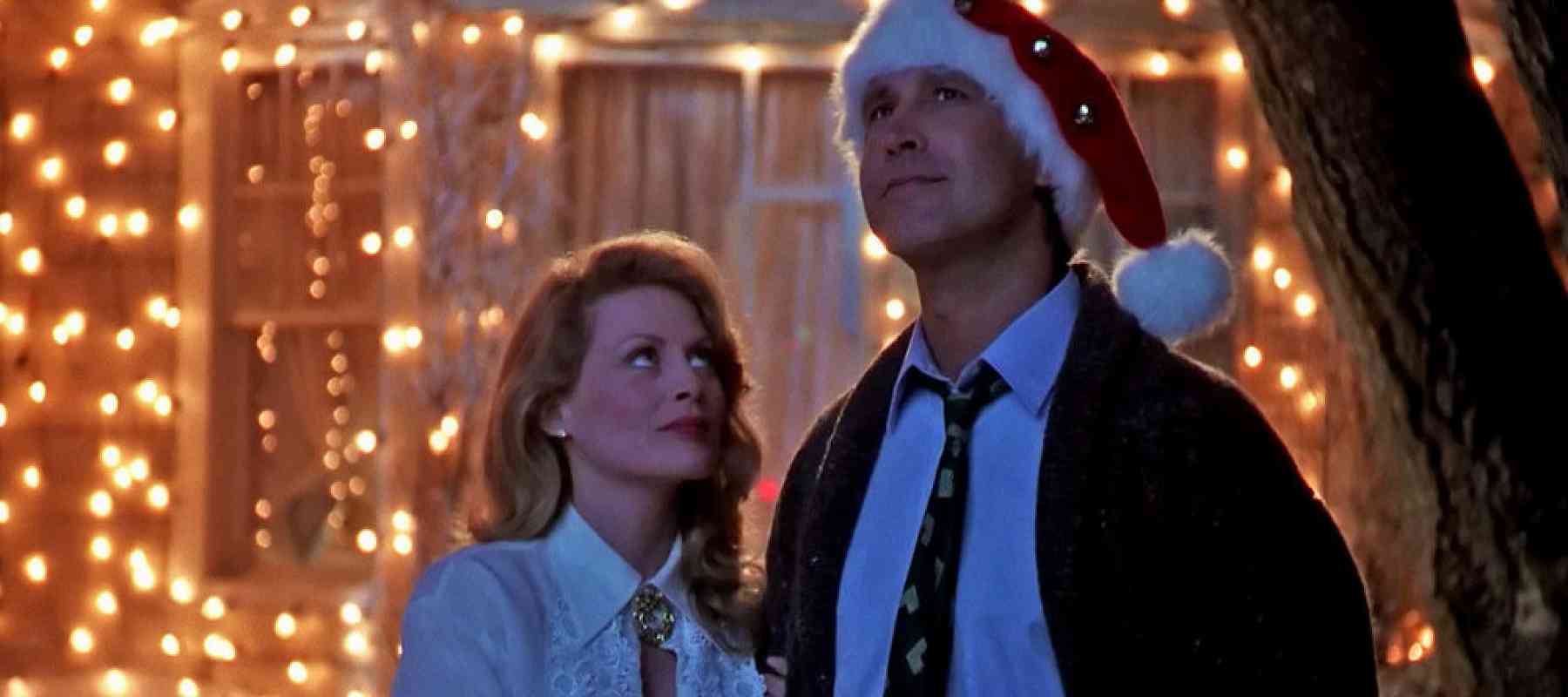Christmas just wouldn't feel like Christmas without the millions of twinkling lights. They make even the most modest places seem festive and magical. Some people prefer subtle approach, outlining the roofline and maybe adding a couple of lighted topiaries on each side of the front entrance. Others enjoy a more elaborate affair when hanging Christmas lights. They like to outline not just the roofline, but the front door, the windows, all shrubs, most trees, and any outbuildings or fences.
No matter your decorating style, safety is essential. Every year thousands of people visit an emergency room with injuries related to hanging Christmas lights. Don't let an avoidable mishap dim your Christmas spirit.
Planning:
Before ever even attempting to hang the first strand take the time to untangle the lights. You will not save enough time trying to untangle them to justify taking any chances with safety. Do not try to untangle them while balancing on a ladder in midair. A big tip is make your life easy next year and organize your lights at the end of the season so you don't even have to do this chore the next year.
It is also a safe choice to check for any bulbs that may need to be replaced prior to hanging them. Also make sure any lights you plan to use outside are approved for outdoor use. Each stand will be marked with a UL label.
Installing:
Whether you intend to hang all of your Christmas lights in a single afternoon or plan on spending several days working on an elaborate lighted design project, always work safely. Make sure your ladder is stable and well balanced before climbing. It is safest to have someone work with you anytime you are hanging Christmas lights to hold and further secure the ladder. Be wary of using a ladder on rocky surfaces or on a treated concrete surface. Many times these stamped concrete surfaces are slippery and can cause the legs of the ladder to move.
Measure the length of the area you are lighting to know the number of strands you will need. Using clips is much easier than trying to struggle with duct tape or nails. I measure by walking everything off on the ground. Each step you take is approximately 3 feet so this should speed up the process. I also would prefer to have a little more lights than a little less because I can always find a way to "bury" the excess.
To string lights on tree trunks it is best to start at the base and spiral the lights up and around the tree. To add lights to evergreen trees or to illuminate branches of smaller trees, start at the top and zigzag lights through and around the branches. This technique is especially helpful on smaller to medium sized trees that you can reach the top. If you are using a pole you might want to reverse the direction as I have found it makes things a little easier.
Consider calling a professional:
Here are several safety factors to keep in mind when hanging Christmas lights. Be aware of electric outlets or wires that may overheat. Keep extension cords and light strands away from metal.
Unless you have roofing experience, always call a professional if you want to add lights to your roof. Professional Christmas light installation companies will hang the lights, maintain them, and then return after the holiday season is over to take them down. If you are in Denver I know of one outstanding company that you should consider :-).
With a little planning and patience, you can keep safe while hanging Christmas light and transform your house in a cozy winter escape or a dazzling Christmas showcase.




